Adam Rooney found out in his first two Aberdeen matches just how big a club the Dons are.
The Irish striker switched to the north-east in January 2014 and made an instant impact, scoring on his debut against Motherwell.
Then came the small matter of an unforgettable League Cup semi-final against St Johnstone inside Tynecastle.
Rooney and Peter Pawlett scored along with Jonny Hayes’ double for a 4-0 win, which lined up a final showdown against his former Scottish club, Caley Thistle, on March 16, 2014.
The 34-year-old, who is now leading the line for Brackley Town in National League North, spoke about those first impressions and the start of a love affair with the passionate Dons supporters.
He said: “My first game for Aberdeen was Motherwell away. I signed on the Thursday or Friday and started on the Saturday and scored with a rebound.
“We then played St Johnstone the next week in the semi-final of the League Cup at Tynecastle. It was a brilliant game.
“The place was packed with Aberdeen fans and it was hosing down with rain and we went on to win 4-0 and I got a goal in front of 12,000 Aberdeen fans within a crowd of 16,000.
“Straight away, I knew just how big a club Aberdeen is in terms of fan numbers.
“It’s incredible to play in front of the fans, in the away games especially. You’d take 2,500 fans to St Johnstone. It was incredible and they’d have more away fans than many clubs have home fans.”
Esson was a threat from the sidelines
After a dreadful, tense, scoreless 2014 League Cup final at Parkhead, packed out with mainly with the Red Army, Rooney was the match-winner by tucking away the spot-kick winner against his old club, Inverness.
Aberdeen had not won a trophy since getting their hands on the League Cup in 1995. Derek McInnes ended that drought.
Tucking away the clinching spot-kick was actually made harder by an opponent not on the pitch – former Aberdeen goalkeeper Ryan Esson.
Esson was, and still is, the keeper coach at Caley Thistle, but also a former team-mate of Rooney’s in the Highlands.
Rooney knew ICT number one Dean Brill would be getting key advice from Esson ahead of facing the Dons eventual hero.
He added: “It was bittersweet, scoring the winning penalty against Inverness in the final. They had done so well to reach the final.
“In the build-up, we went to St Andrew’s for the week. Derek wanted to get us away from the city, especially with the pressure on us to win it.
“We were massive favourites for the final and you could see how nervy the final was – it was a terrible game. Nothing much happened until the shoot-out.
“I remember when we arrived at the stadium, there was just red everywhere. We had 50,000 Aberdeen fans.
“It was strange playing against Inverness and going in against Ryan Esson, who was the goalkeeping coach at Inverness.
“Ess used to save every penalty I took against him in training. I can’t remember scoring against him, so mentally going into that final shoot-out, it was tough.
“That’s the reason I went down the middle. I never usually went that way, but I thought Ess would tell Dean Brill I’d never do that.”
Birmingham move great for Rooney
Earlier in his career, Rooney reluctantly left Inverness in 2011 for Birmingham, who were managed at the time by Dons legend Alex McLeish.
However, having just been relegated from the Premier League, the proposed move hung in the balance due to a change of events.
Rooney said: “Alex McLeish was due to sign me. The day before I flew down for my medical, he resigned. That put a delay on it.
“Chris Hughton came in and wanted to go ahead with the deal. I loved my first year at Birmingham and I gained Europa League experience (scoring in a 1-0 win against NK Maribor) and played against Man City and Chelsea away in the cups.
“We finished fourth in the Championship and I’d played almost 30 games and was enjoying it. Lee Clark then came in as the manager and had his own ideas. I didn’t have much of a chance after that.
“Unfortunately, I had to move on. Like at Inverness, I wanted to establish myself in the first year and I wanted to kick on again, but with the change of manager, it wasn’t to be and I was on the move again.
“I then enjoyed my time at Swindon and we were unlucky to lose out in the play-offs in League 1 when we lost to Brentford. Shay Logan was playing for them at the time.
“There was then an issue with contracts and I signed for Oldham. That wasn’t great. It wasn’t suited for me, as it was more possession-based. It didn’t work out for either of us.
“I scored seven or eight goals before Christmas but I wasn’t enjoying my football. That’s when the Aberdeen move came along.”
Robbo sold Rooney on Dons switch
A chat with ex-Inverness boss, now ICT’s sporting director John Robertson, was enough to convince Rooney that Aberdeen was the best next step for his career.
He said: “I always got on with John Robertson and still speak to him to this day.
“When I was coming back up to Scotland, clubs were interested. Hibs, for example, were keen – Terry (Butcher) was the manager and he was keen to get me back up there.
“Aberdeen and Hibs were the main clubs in my mind and I spoke to John about what he thought.
“I watched a bit of Aberdeen and obviously Jonny Hayes was there, so I knew him and I bumped into Willo Flood on holiday the previous year and when he said he was going to Aberdeen I’d kept an eye on them. They seemed to be doing really well.
“My only reluctance about going to Aberdeen is they had Scotty Vernon and I’d watched him on TV – he was brilliant. I wasn’t sure why they wanted me because as far as I could see Scott was playing very well.
“They also had Calvin Zola, so I didn’t think they needed a striker, but John thought, given the way they played, Aberdeen would be a really good move for me.
“He said Aberdeen were a really similar club to Inverness, only on a bigger scale. He meant they had similar feels around both clubs.
“I nearly signed for Derek McInnes when he was St Johnstone manager and I was at Inverness, but it fell through at the last minute.
“People always spoke well of Derek. After a few calls, it decided this was the best move to take.”
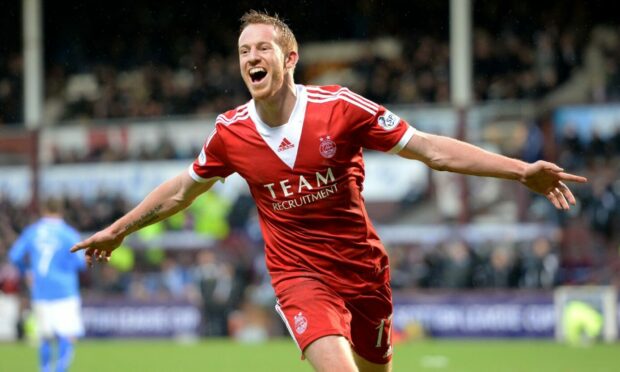
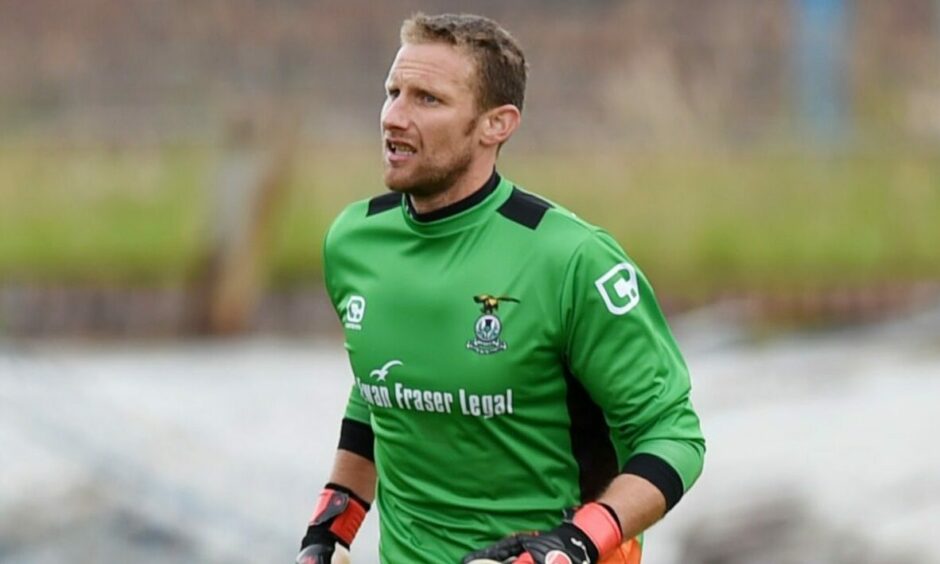
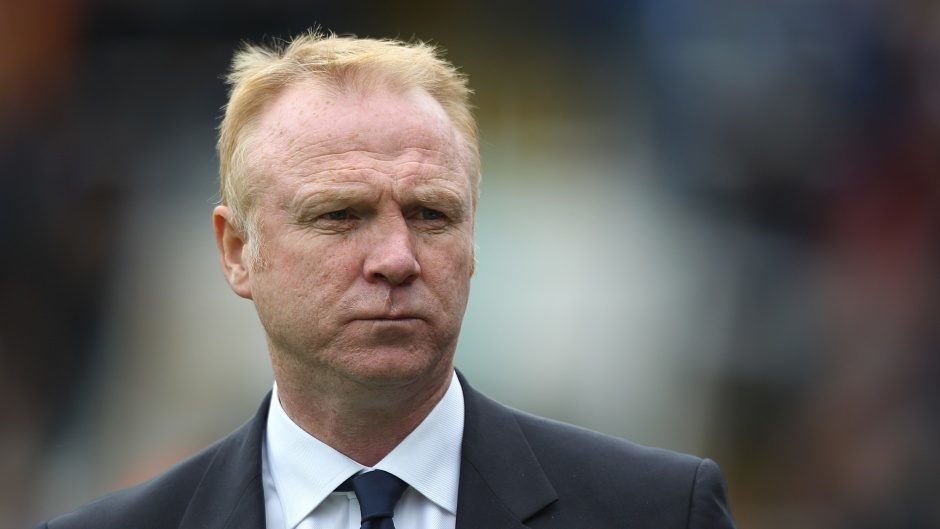
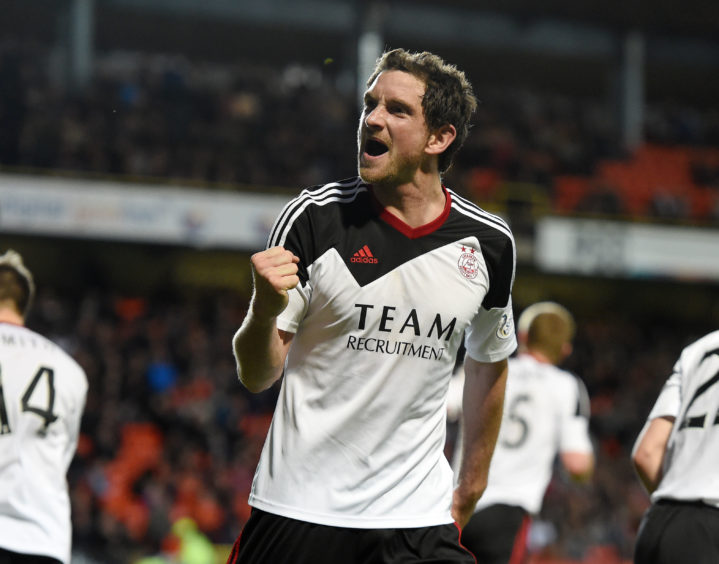
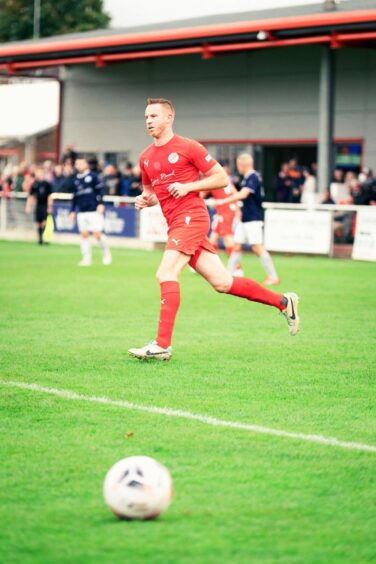
Conversation